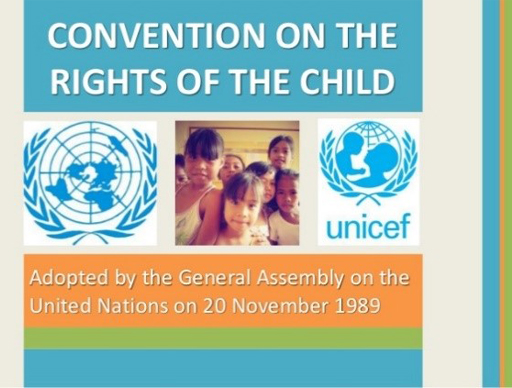1.4 Post-Second World War period: key events in children’s mental health
Below is another timeline, focusing on post-Second World War events.
1949–1969: John Bowlby, who was a psychiatrist, started his pioneering work about children’s emotional development shortly after the Second World War by studying the effect on children of separation from their mothers. From this work he developed his theory of attachment, which was first published in 1969.
1949: The United Nations International Children’s Emergency Fund (UNICEF) was set up to improve the lives of children who had been affected by the Second World War.
1953: UNICEF became part of the United Nations and their name was changed to the United Nations Children’s Fund. The work of UNICEF continues today, helping to improve the mental and physical health of children who are caught up in war and conflict around the world.
1959: The United Nations introduced the Rights of the Child, which meant that children became regarded as citizens with rights in many places in the world. Other significant events included the development of evidence-based therapies and forms of medication which were effective and safe to use in the treatment of children with mental health conditions.
1989: The United Nations Convention on the Rights of the Child was a global event that turned a spotlight on children and their welfare. Around this time, a number of cases emerged that highlighted the exploitation of children and this led to the creation of policies designed to protect children and improve their mental health. In England, the Children Act (1989) is an example of legislation that was passed to improve children’s lives and wellbeing.
1995: Children and Adolescent Mental Health Services (CAMHS) began to be set up across England and Wales, and elsewhere, to bring together multi-disciplinary teams of professionals to diagnose, treat and support children and young people with mental health conditions.
Activity 3 Reflecting on history
How can looking at children’s mental health through an historical lens help our understanding of the contemporary situation?
This brief overview of the history of children’s mental health highlights that children have always experienced mental health problems. However, it is only in relatively recent times, that is, since about 1940, that this has become recognised as such and that specialist services and treatments have been developed. This section summarises some of the key events that have influenced the shift in the belief that children are not capable of experiencing mental health problems to the contemporary situation in many countries, where it is recognised that children can experience profound mental health conditions.



